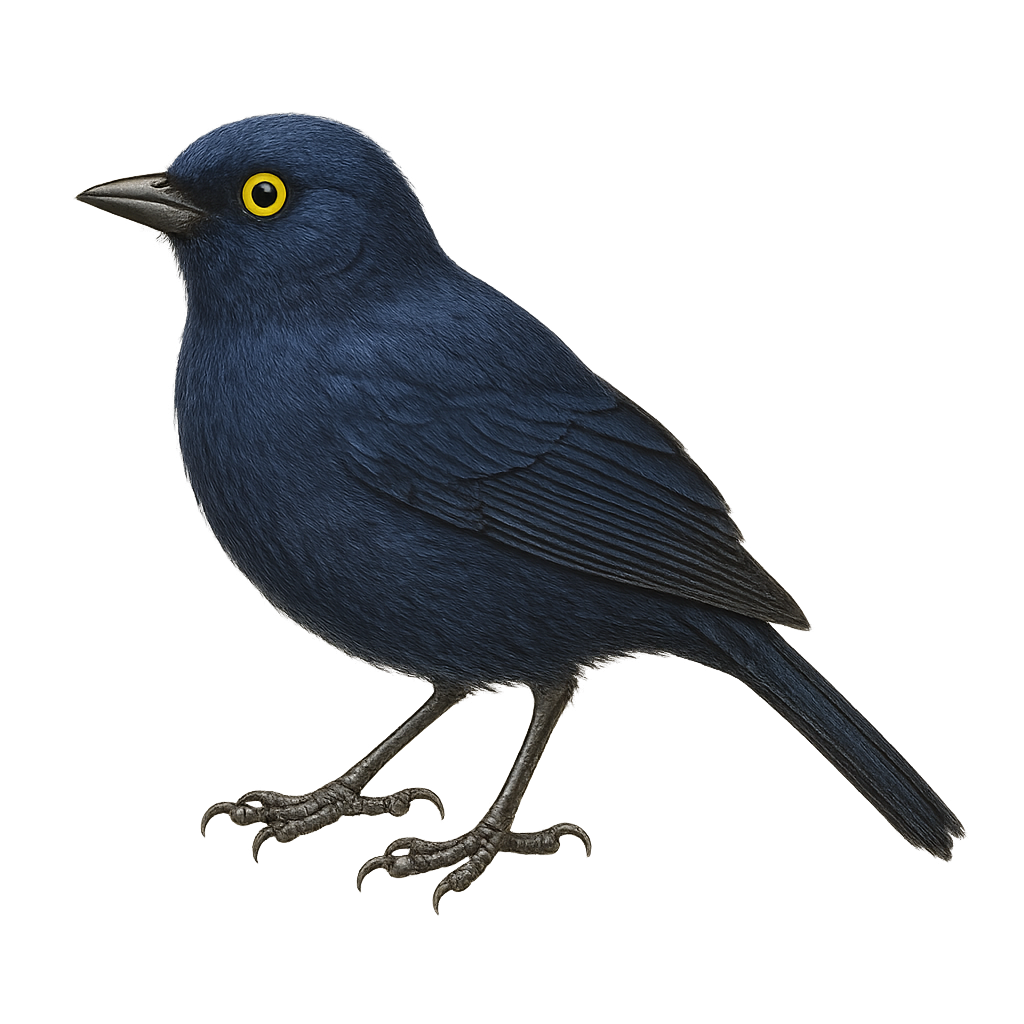Your wildlife photography guide.
Explore the glaucous flowerpiercer in detail, study its behavior, prepare your shots.
Where to observe and photograph the glaucous flowerpiercer in the wild
Learn where and when to spot the glaucous flowerpiercer in the wild, how to identify the species based on distinctive features, and what natural environments it inhabits. The WildlifePhotographer app offers tailored photography tips that reflect the glaucous flowerpiercer’s behavior, helping you capture better wildlife images. Explore the full species profile for key information including description, habitat, active periods, and approach techniques.
Glaucous Flowerpiercer
Scientific name: Diglossa glauca

IUCN Status: Least Concern
Family: THRAUPIDAE
Group: Birds
Sensitivity to human approach: Suspicious
Minimum approach distance: 5 m
Courtship display: October to November
Incubation: 13-15 jours
Hatchings: October to December
Habitat:
Humid forests, cloud forests
Activity period :
Primarily active during the day, with peak activity in the morning and late afternoon.
Identification and description:
The Glaucous Flowerpiercer is a small passerine bird belonging to the Thraupidae family. It is primarily found in the humid forests of the Andes, where it feeds on nectar and insects. Its most distinctive feature is its bright blue throat, contrasting with its grayish plumage. It uses its slender, slightly curved beak to pierce flowers and access nectar, playing an important role in pollination. This bird is often seen in small groups or pairs, actively moving through the canopy. Although not considered threatened, deforestation poses a potential threat to its natural habitat.
Recommended lens:
400 mm – adjust based on distance, desired framing (portrait or habitat), and approach conditions.
Photography tips:
To photograph the Glaucous Flowerpiercer, focus on the humid forests of the Andes where it is most active. Use a telephoto lens of at least 400mm to capture detailed images without disturbing the bird. Be attentive to its quick movements and tendency to hide in dense foliage. The natural light of the morning or afternoon is ideal to highlight the bright colors of its blue throat. Stay patient and discreet to capture authentic shots of this bird in action.
The WildlifePhotographer App is coming soon!
Be the first to explore the best nature spots, track rutting seasons, log your observations, and observe more wildlife.
Already 1 439 wildlife lovers subscribed worldwide

